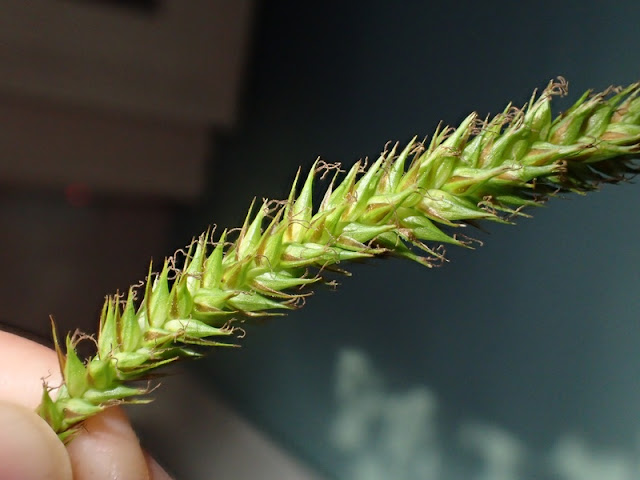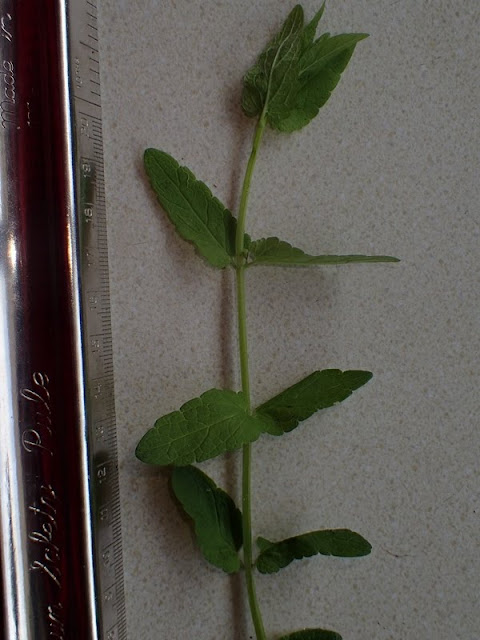The alpha and omega of it all.. See the runners set off, straight into the first uphill section out of Settle.. and return to the Settle Rugby Club 48 min 10sec later (-- 2:09:57 later) Results
See also Day 2 of 30 Days Wild - Pen y Ghent Fell Race. Both these events are organised by Settle Harriers
Do Something Wild Outdoors each day in June - Index of Judith's Activities 2018
See and buy the beautiful cards I sell in aid of the Rainforest Fund at Wholesome Bee and The Boxer and Hound Cafe, Settle




















































